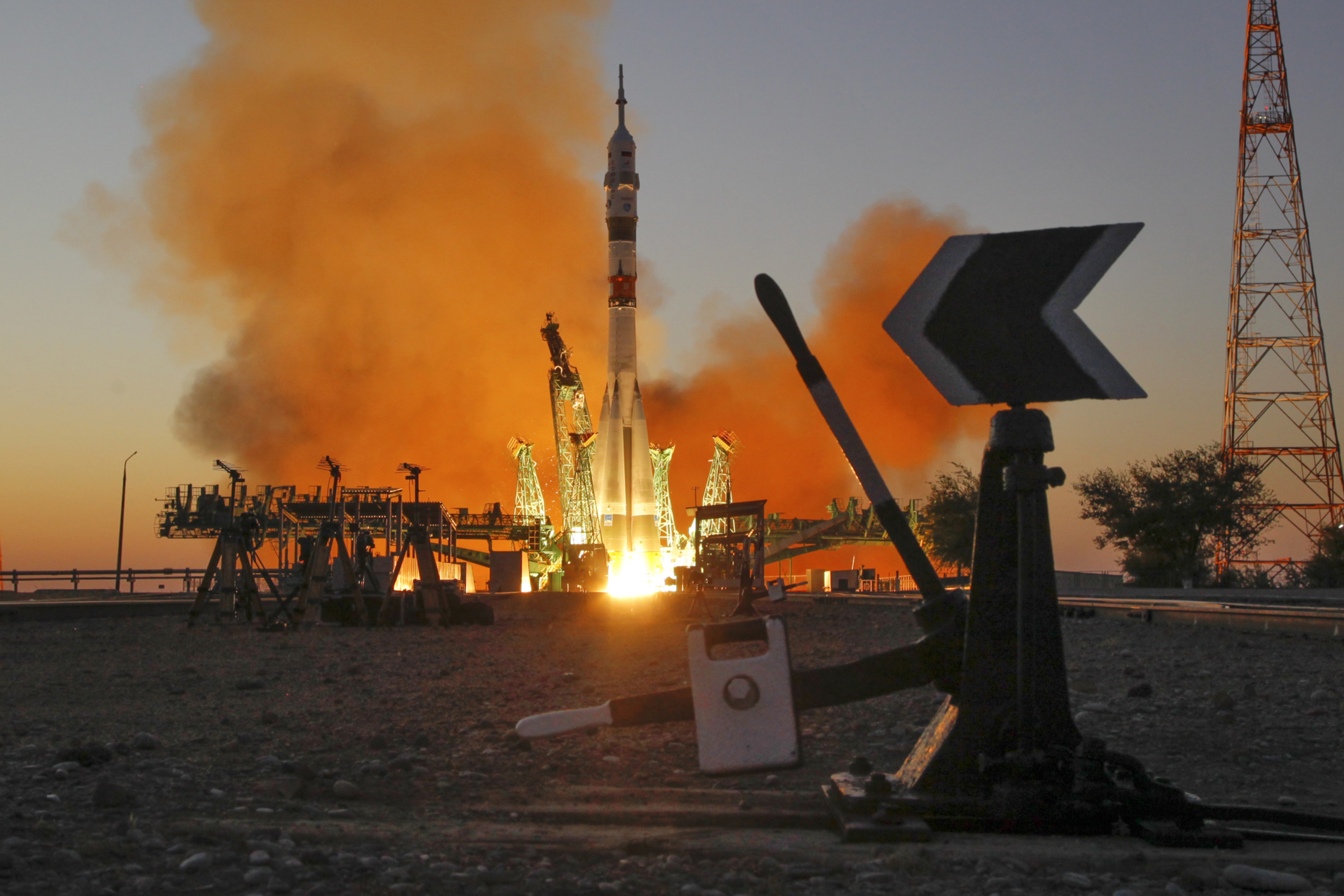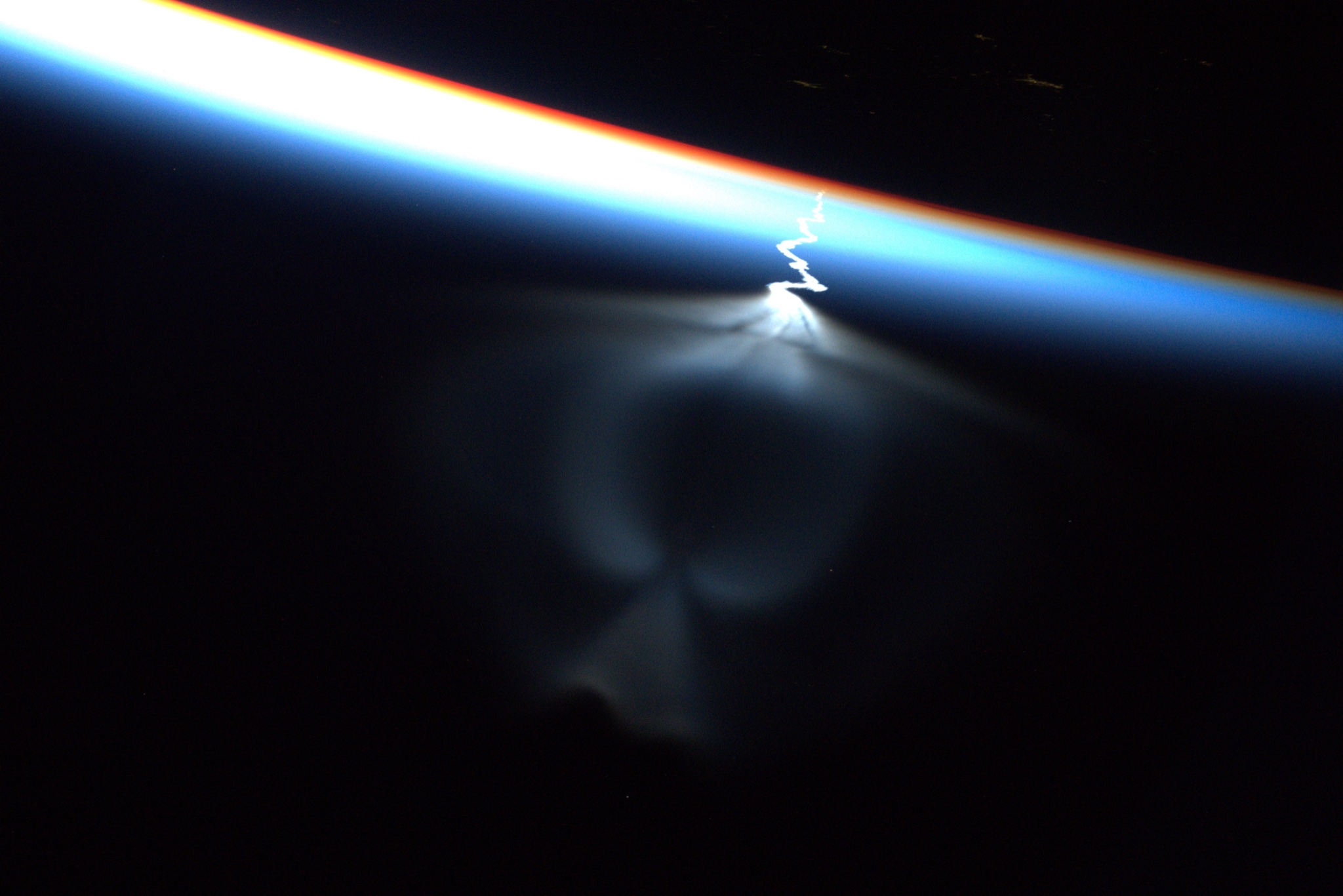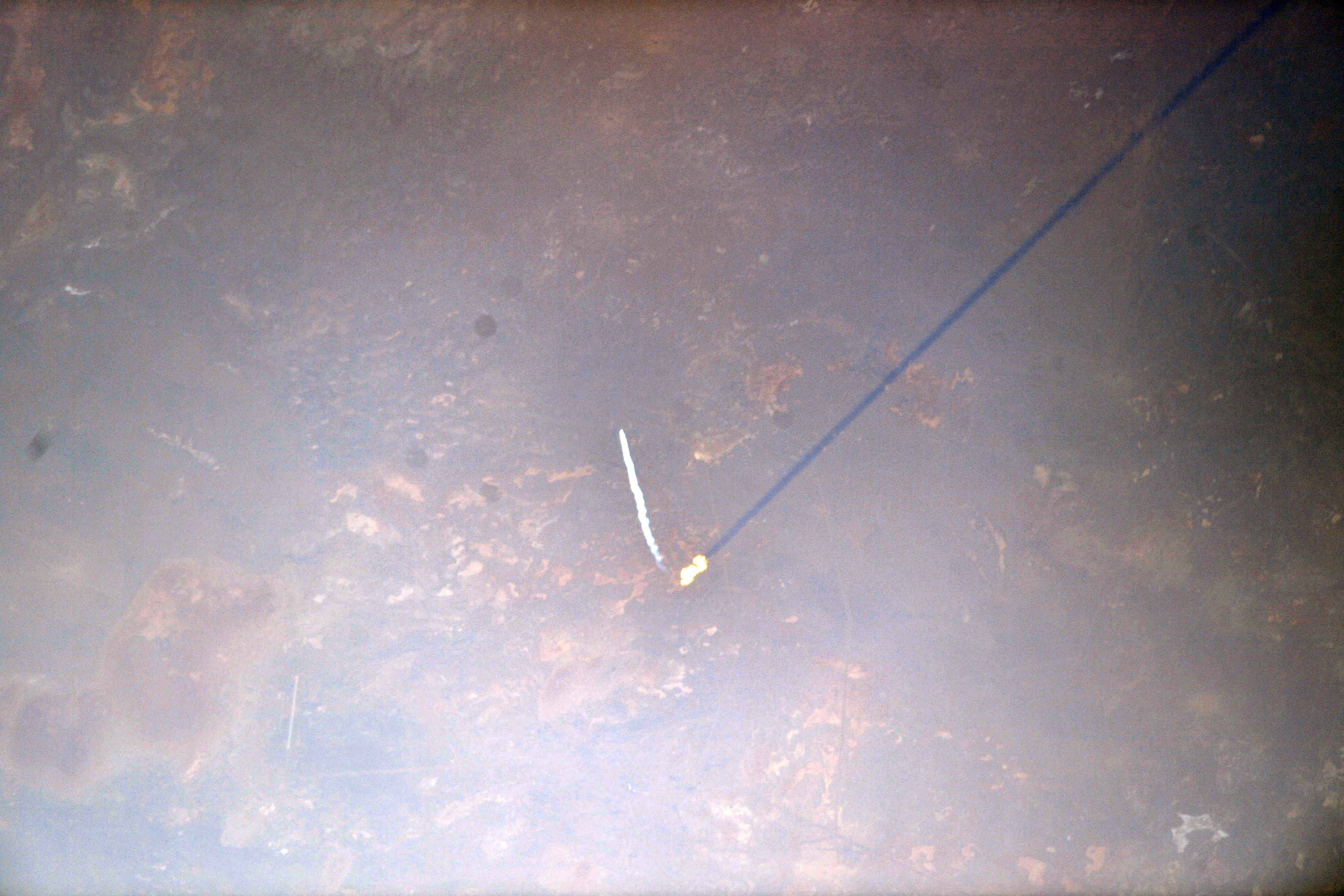Moon to Mars! NASA reveals plans for human presence in space
NASA shared its plan for Moon to Mars exploration, that will enable human deep Space Movement and Exploration. Here’s what you should know.




_1663937394977.jpg)

 View all Images
View all ImagesNASA is working towards establishing permanent human presence in space over the coming years. For better execution of this idea, NASA has released a revised blueprint with 63 final objectives for sustained human presence and space exploration under the 'Moon to Mars' plan. It aims to send astronauts on the Moon in 2024. Later, the agency will use the learnings from the Moon mission to prepare for humanity's next giant leap – sending astronauts to Mars. NASA's plan covers four broad areas under Moon to Mars exploration: science; transportation and habitation; lunar and Martian infrastructure; and operations.
“We need a roadmap with staying power, and through a collaborative process, we've identified a core set of defined objectives to achieve our exploration goals with our partners. These objectives are both practical and aspirational, and we were gratified by the thoughtful contributions of our workforce, industry, and international partners who will join us in shaping our future together,” said NASA Deputy Administrator Pam Melroy.
The plan for human presence in space
NASA has set a goal to explore the Moon more extensively than ever before under the Artemis missions. The agency intends to send people back to the Moon, including to the lunar south pole zone. The Artemis I mission is currently on the launchpad, but it will be uncrewed. These Moon missions will guide upcoming exploration of more distant locations, such as Mars. NASA says that the Artemis campaign shows the capabilities and operations that are needed to safely conduct deep space science and exploration missions on the Moon, which is tightly correlated with Mars mission planning.
NASA intends to send the first humans back to the Moon with Artemis II no earlier than 2024. NASA will test systems and ideas for the trip to and from Mars using elements of Artemis. By using the Moon as a testbed, the follow-on Mars campaign will stay connected to the agency's ongoing presence on the lunar surface.
Catch all the Latest Tech News, Mobile News, Laptop News, Gaming news, Wearables News , How To News, also keep up with us on Whatsapp channel,Twitter, Facebook, Google News, and Instagram. For our latest videos, subscribe to our YouTube channel.




























